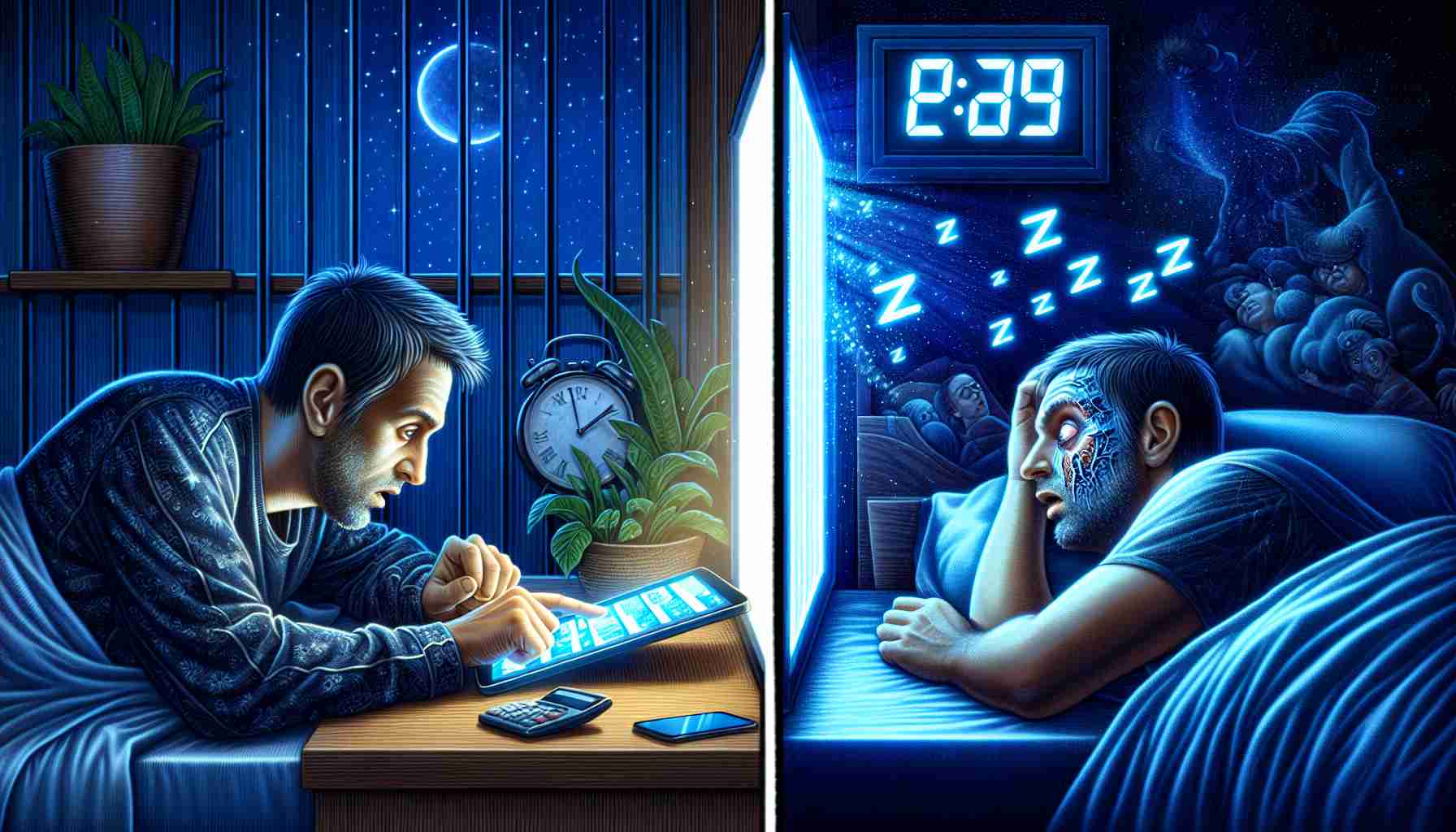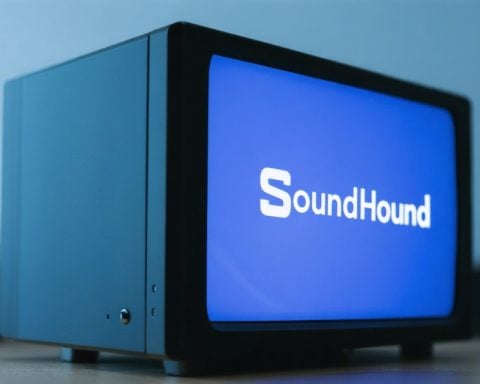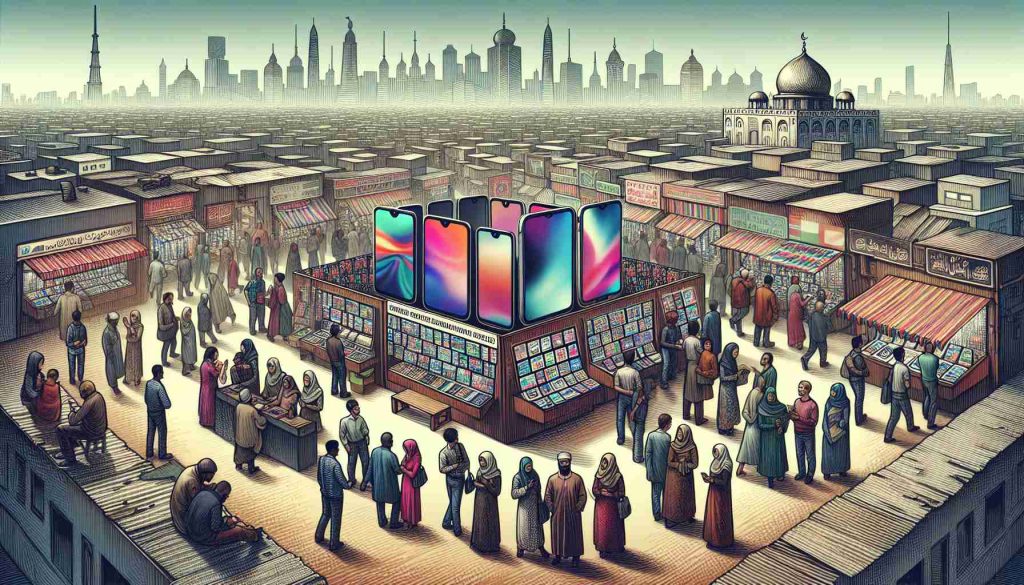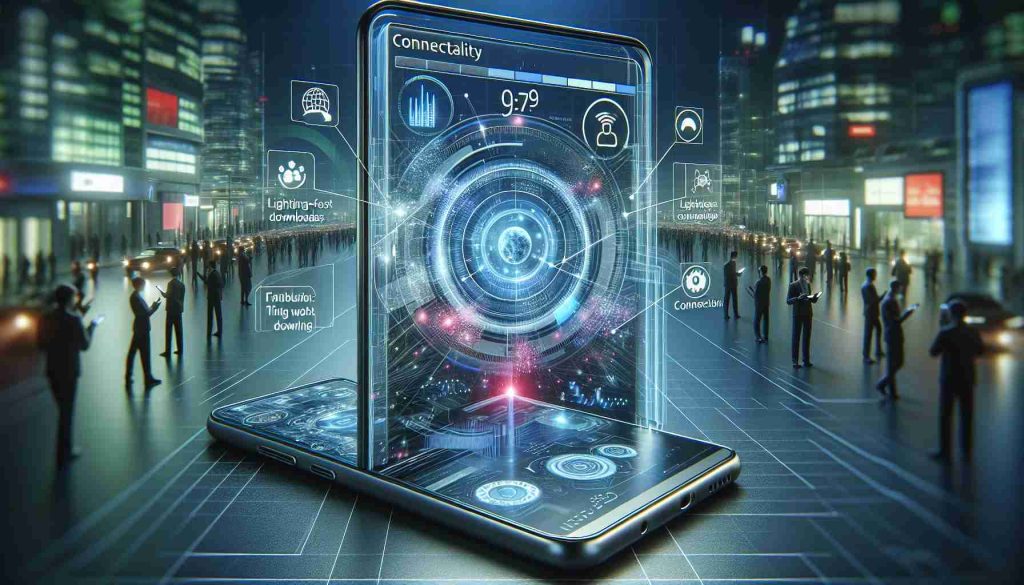A recent study conducted by researchers at Monash University in Australia has revealed a concerning connection between late-night screen exposure and sleep disruption. The study suggests that exposure to artificial light at night, whether from reading lamps emitting yellow light or blue light from smartphones and televisions, can significantly impair the ability to fall asleep.
Furthermore, the research indicates that the glow of electric lamps or smartphones at night can disrupt the body’s biological clock, potentially leading to long-term health issues. While the participants in the study ranged from 40 to 69 years old, the implications of poor sleep quality due to late-night screen exposure can affect individuals of all ages.
It is crucial for individuals to be mindful of their screen usage before bedtime to prioritize healthy sleep patterns. Implementing strategies such as reducing screen time before sleep, using night mode settings on devices, and creating a calming bedtime routine can greatly improve overall sleep quality and well-being.
Exploring Further Impacts of Late-Night Screen Exposure on Sleep Quality
A deeper investigation into the impact of late-night screen exposure on sleep quality uncovers additional crucial facts and insights that can shape our understanding of this issue. While the initial study highlighted the disruptive effects of artificial light on sleep patterns, there are more aspects to consider when evaluating the broader implications and nuances of this phenomenon.
Key Questions and Answers:
1. How does late-night screen exposure affect the production of melatonin?
Exposure to blue light from screens inhibits the production of melatonin, a hormone responsible for regulating sleep-wake cycles. This disruption can lead to difficulties falling asleep and may contribute to overall sleep deprivation.
2. What are the long-term health consequences of consistent late-night screen exposure?
Prolonged exposure to artificial light at night has been linked to an increased risk of various health issues, including obesity, diabetes, and cardiovascular diseases. The disruption of circadian rhythms due to screen exposure can have far-reaching implications for overall well-being.
Challenges and Controversies:
One of the key challenges in addressing the impact of late-night screen exposure on sleep quality lies in the prevalence of technology in modern society. With screens becoming ubiquitous in daily life, limiting exposure to artificial light before bedtime can be a significant challenge for many individuals. Moreover, there is ongoing debate and conflicting research regarding the effectiveness of blue light filters and night mode settings in mitigating the negative effects of screen exposure on sleep.
Advantages and Disadvantages:
On one hand, the awareness raised about the detrimental effects of late-night screen exposure has prompted technological advancements such as blue light filters and night mode settings that aim to minimize disruption to sleep patterns. These tools can be valuable in helping individuals manage their screen time more effectively. However, the convenience and entertainment provided by screens also pose a significant disadvantage, as the temptation to engage with devices late into the night can outweigh the benefits of improved sleep quality.
For more information on sleep hygiene and ways to promote better sleep habits, visit SleepFoundation.org. This reliable resource offers a comprehensive guide to understanding the importance of quality sleep and provides evidence-based strategies for optimizing sleep health.
By delving into the multifaceted aspects of late-night screen exposure and its impact on sleep quality, we can gain a more comprehensive perspective on this critical issue and empower individuals to make informed choices regarding their screen habits for better sleep outcomes.


















